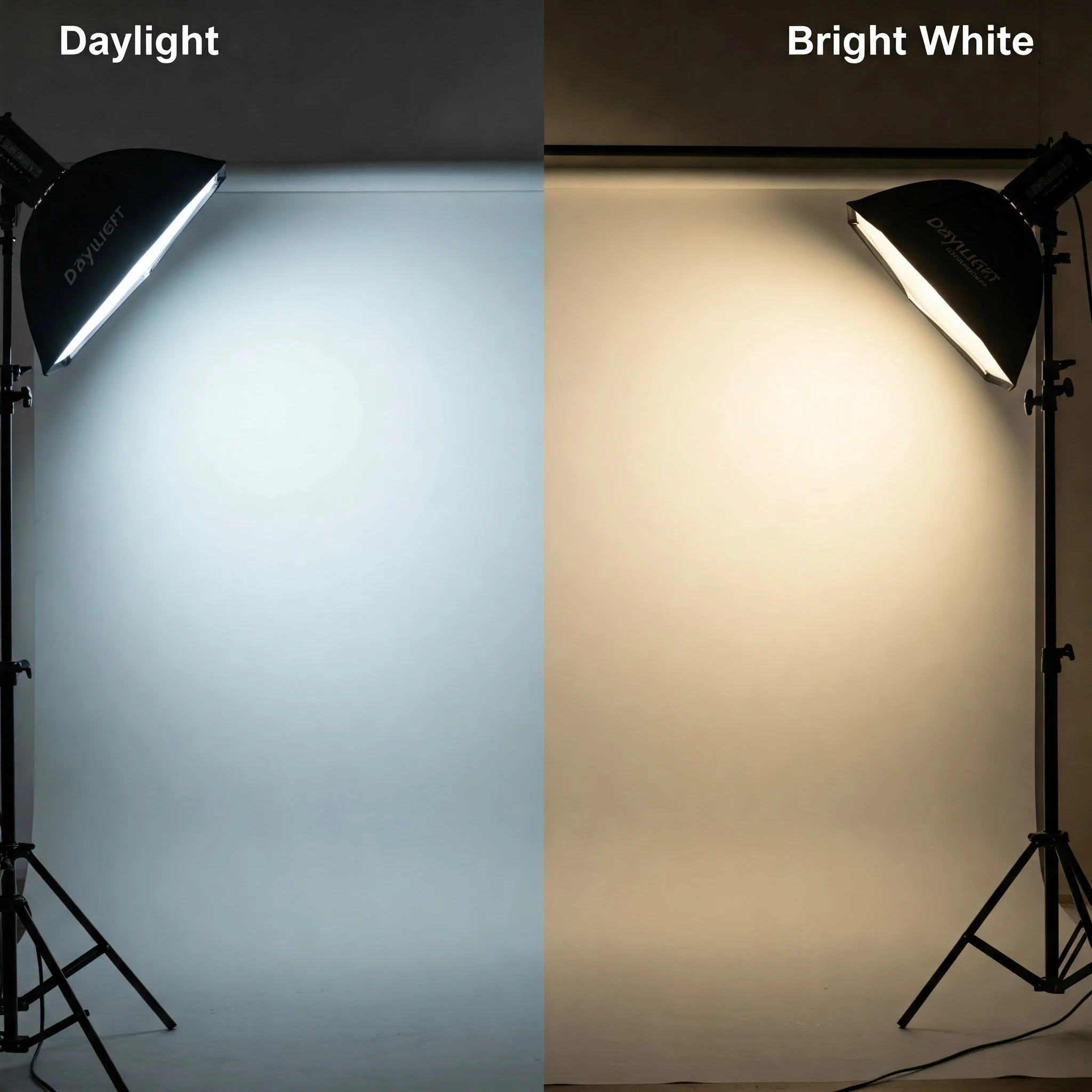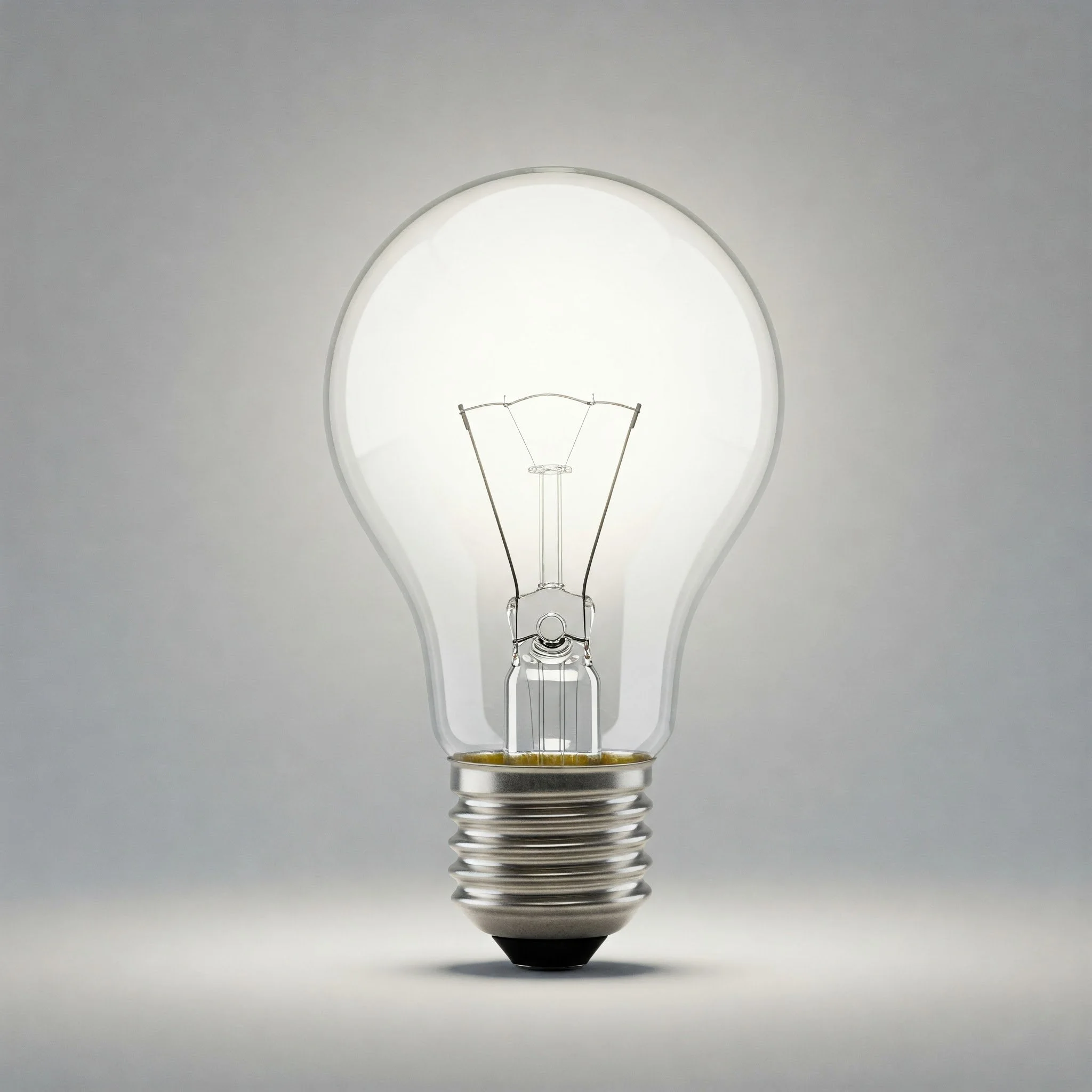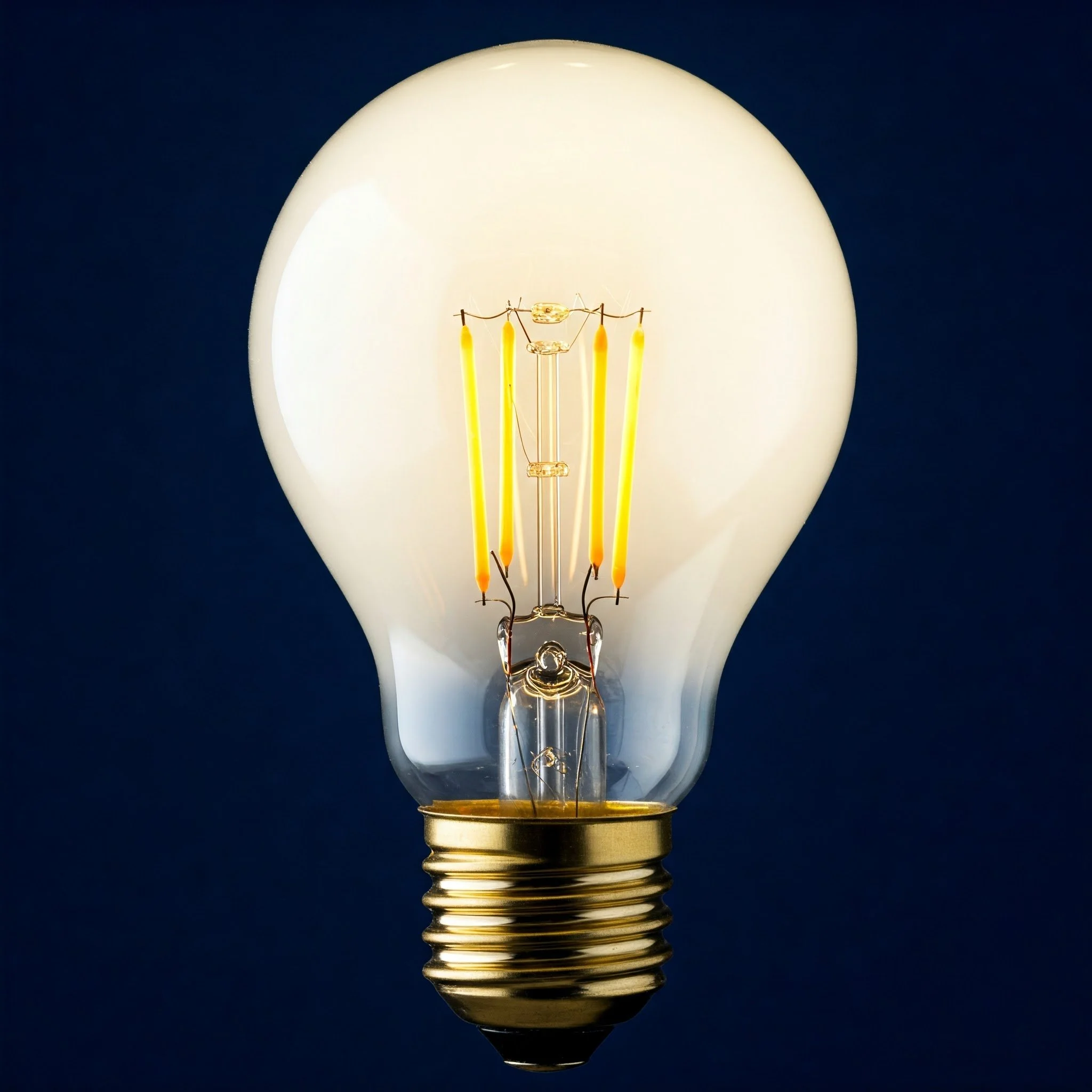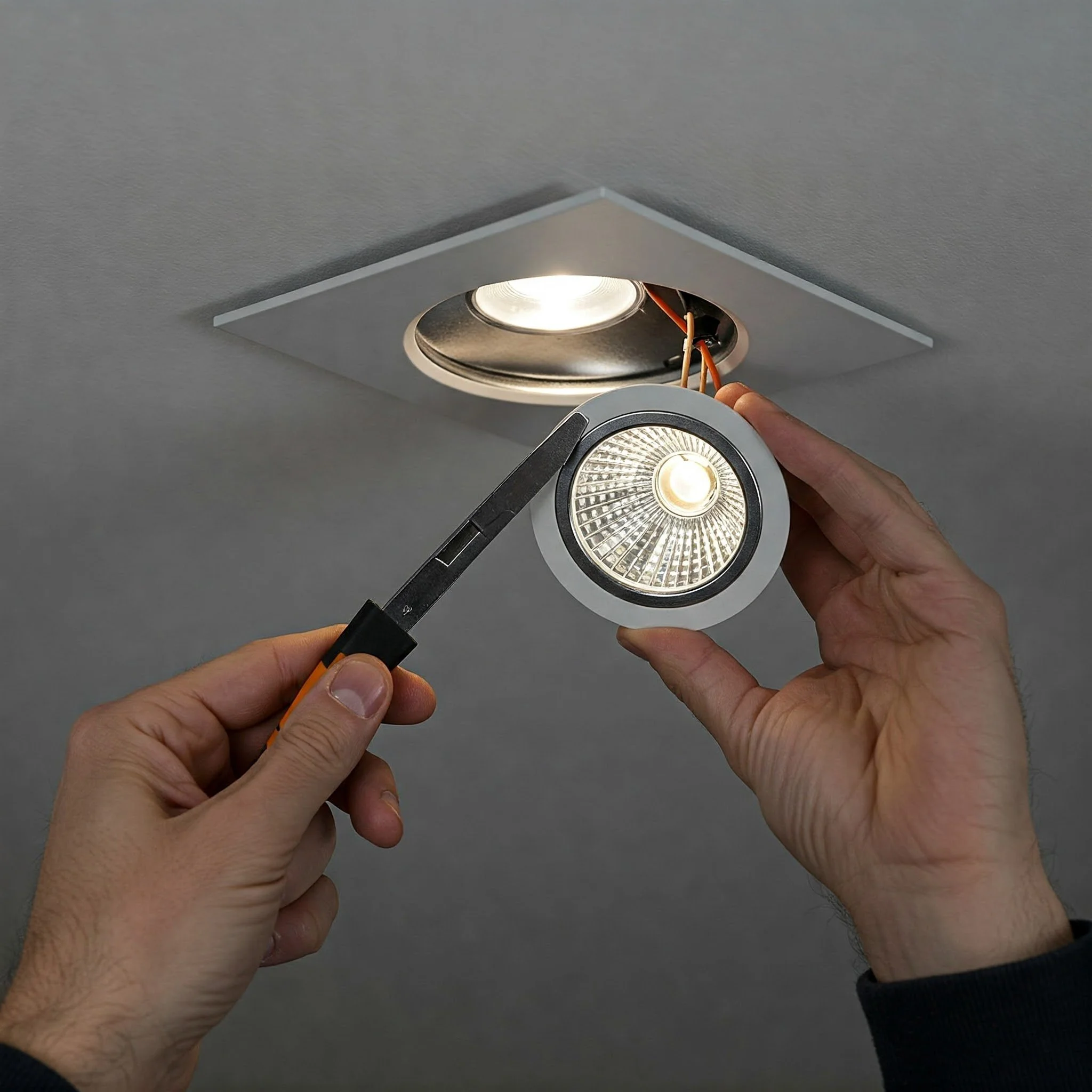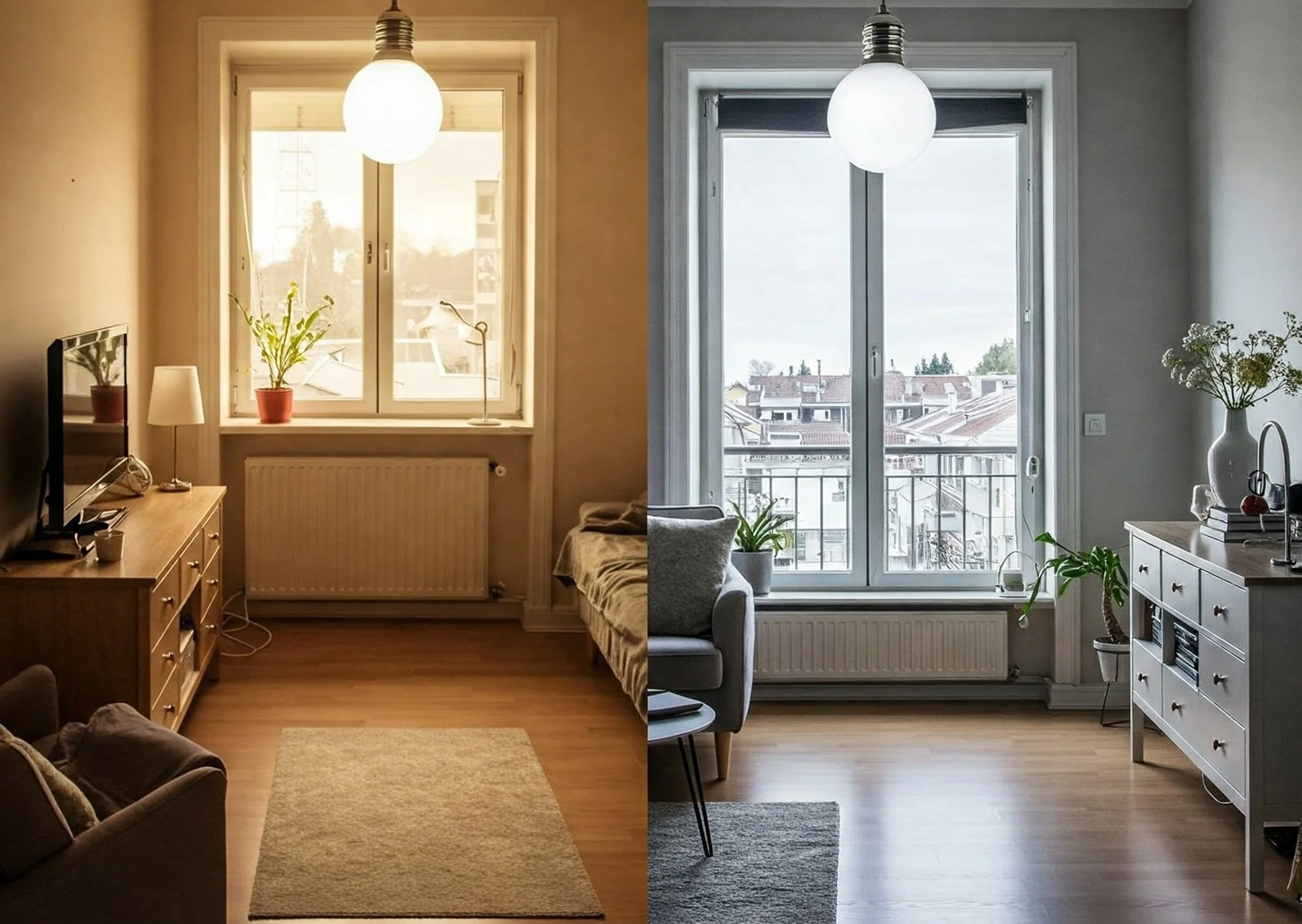Daylight vs Bright White: Which Light Is Better?
Curious if daylight or bright white bulbs are the perfect match for your home? Discover the pros and cons in our in-depth exploration, “Daylight vs Bright White: Which Light Is Better?”, complete with FAQs, tips, and a friendly chat about color temperature.
Ever stepped into a room and felt like you’d wandered onto a movie set—or into a hospital corridor? Lighting can be a real game-changer when it comes to setting the vibe in your home. And boy, oh boy, does color temperature matter! Whether you’re curling up with a page-turner on your living room couch or prepping a late-night snack in the kitchen, the glow overhead can make or break the mood. So, let’s sink our teeth into a question that’s been on many minds: Daylight vs Bright White: Which Light Is Better?
Light bulb marketing sure can be confusing, can’t it? “Daylight,” “cool white,” “bright white”… reading all the packaging in the home improvement aisle can feel like deciphering secret code. Fear not. We’ll break it all down in this extended chat, complete with tips for choosing the perfect bulb, how color temperature influences your sense of space, and a look at some surprising factors that might sway you to one side of the fence or the other. Let’s dive in and see which side you end up on.
1. Light Bulb 101: Color Temperature and More
Before we tackle the entire “Daylight vs Bright White: Which Light Is Better?” debate, let’s talk fundamentals. When someone mentions “color temperature,” they’re typically referring to the Kelvin (K) scale. Usually, bulbs labeled as “warm” measure around 2700K to 3000K, “bright white” or “cool white” hangs out in the 3500K to 4100K zone, and “daylight” tends to land around 5000K to 6500K.
So, what does that mean for you, exactly? Well, the lower the Kelvin rating, the warmer—or more yellow—the light appears, while higher Kelvin ratings lean toward bluish or crisp white tones. Another factor to keep in mind is the Color Rendering Index (CRI), which measures how accurately a light source shows colors compared to natural daylight (a CRI of 100). Many household bulbs have CRIs between 80 and 90, although high-end options might climb into the 90s.
Let’s distill this a bit:
Warm Light (2700K–3000K): Cozy, inviting, reminiscent of incandescent bulbs.
Bright White or Cool White (3500K–4100K): More energetic, less yellow.
Daylight (5000K–6500K): Crisp, white-bluish light, similar to natural midday sunshine.
Understanding these categories sets the stage for choosing just the right light for each nook and cranny of your home.
2. Daylight Bulbs: Pros and Cons
2.1 What Are Daylight Bulbs?
Ever strolled outside at noon and squinted at the sky? Daylight bulbs aim to mimic that bright, energizing sunlight. With Kelvin ratings usually around 5000K to 6500K, they’re on the bluer side of the spectrum. Many folks love them for the clarity they bring—colors can pop, text is easier to read, and it feels, well, quite natural.
2.2 Advantages of Daylight Bulbs
Enhanced Visibility: Because daylight bulbs produce a sharper, bluer light, they can help with tasks requiring detail, like painting, sewing, or craft projects.
Mood Booster: Some find that daylight-mimicking bulbs give them a psychological lift, especially during darker winter months.
High CRI: Many daylight bulbs boast excellent color rendering, so you’ll be able to see the exact shade of your new couch cushions.
2.3 Drawbacks of Daylight Bulbs
Too Harsh for Some Spaces: A bright, bluish light might feel uninviting or stark in rooms meant for relaxation—like bedrooms or cozy reading nooks.
Potentially Unflattering: When used in areas like living rooms or bathrooms, a strong daylight hue can wash out skin tones, making mirrors and selfies feel like you’re in a clinical setting.
Glare and Reflection: Some people find that intense daylight bulbs cause unwanted glare on screens or reflective surfaces, interfering with an otherwise comfy environment.
3. Bright White Bulbs: Pros and Cons
3.1 What Are Bright White Bulbs?
Bright white (often called “cool white”) bulbs typically hang in the 3500K to 4100K range. They’re a bit of a middle ground, leaning cooler than your classic warm incandescent but not quite as cool as daylight. Some might call the color “neutral,” others might see a faint hint of blue—but overall, these bulbs strive for a balanced, modern look.
3.2 Advantages of Bright White Bulbs
Versatility: Bright white is often considered an all-rounder. It’s widely used in offices, kitchens, and even bathrooms.
Modern Aesthetic: If you dig that crisp, clean vibe without going full daylight, bright white might be your ticket.
Good for Task Areas: Since it’s not too warm and not too stark, bright white strikes a nice balance for rooms where you want some focus without feeling like you’re on the surface of the sun.
3.3 Drawbacks of Bright White Bulbs
Less Cozy: If you’re aiming for a super relaxed atmosphere, bright white can still come off as cooler than some folks prefer.
Inconsistent Branding: Different manufacturers might label bulbs in the 3000K–4100K range as “bright white” or “cool white,” leading to confusion on what exact shade you’ll get.
Possible Overkill in Small Rooms: If you’ve got a tight space, bright white lighting can make the room feel a bit sterile or cramped.
4. Daylight vs Bright White: Which Light Is Better?
The million-dollar question (well, maybe not exactly a million, but definitely something that keeps us wide-eyed in the lighting aisle)! Daylight vs Bright White: Which Light Is Better? The honest answer? It depends. Each has its sweet spot, and personal preference, along with room usage, can tilt the scales.
5. Room-by-Room Recommendations
Sometimes, it’s easier to get to the bottom of “Daylight vs Bright White: Which Light Is Better?” by imagining real-life scenarios. So let’s saunter through your home and see which lighting might fit best in each space.
5.1 Living Room
Recommended: Warm white to bright white (around 2700K–3500K).
Why? You probably use your living room for relaxation, family time, or maybe even Netflix binging sessions. A bright white bulb could work if you prefer a modern, chic feel, but many people find a bit of warmth is more inviting. Daylight might be too intense if you’re trying to wind down after a long day.
5.2 Kitchen
Recommended: Bright white to daylight (around 3500K–5000K).
Why? Cooking involves chopping, reading recipe details, and checking the color of ingredients. A brighter light helps you avoid mistakes and see clearly. If your kitchen is small or you do a lot of midnight snacking, consider that daylight might feel too bright in the wee hours. So a bright white might offer a happier medium.
5.3 Bathroom
Recommended: Bright white (~3500K–4100K).
Why? You need clarity for grooming, makeup, and making sure your shirt isn’t inside-out. Warm lighting can be cozy for a bubble bath, but it’s not always the best for color accuracy when applying cosmetics. Daylight bulbs in a bathroom might be a bit jarring—unless you really want that early morning sunshine vibe.
5.4 Bedroom
Recommended: Warm white (~2700K–3000K), but bright white for reading lamps is doable.
Why? Bedrooms are your sanctuary for rest. Daylight or bright white might disrupt a calm, soothing environment. However, if you read in bed and prefer crisp illumination on the page, you could opt for a bright white reading lamp, while keeping the overall room light on the warmer side.
5.5 Home Office
Recommended: Bright white to daylight (~3500K–5000K).
Why? You want alertness, clarity, and minimal eye strain. Daylight bulbs could help you stay awake during that 3 p.m. slump, but if you’re on many video calls, test how the light reflects on-camera. Some folks might look washed-out under a super bright, bluish hue.
5.6 Garage or Workshop
Recommended: Daylight (~5000K+).
Why? When you’re working with tools or searching for that wrench that always goes missing, a high-Kelvin light helps reveal details in an often dimly lit or windowless space.
6. Additional Factors to Consider
Choosing between daylight vs bright white might not be as simple as flipping a switch—pun intended. Beyond color temperature, you’ll want to consider:
Bulb Type: LED, CFL, and incandescent bulbs vary in energy efficiency and brightness levels (lumens). LEDs generally take the cake for longevity and lower power consumption.
Dimmability: Are you planning to install a dimmer switch? Double-check that your chosen bulbs are dimmer-compatible, or you could end up with flickering lights.Fixture Style: Certain fixtures diffuse light differently. A chandelier might diffuse the intensity of a daylight bulb, whereas a recessed can might intensify it.
Room Size and Ceiling Height: A small space might feel overwhelmed by an overly bright bulb, while a high-ceilinged room might look dim if you choose something too mellow.
7. Bulb Shopping Tips
Facing a shelf full of colorful boxes and bizarre marketing terms can be intimidating, so let’s break down a few tips for your next light bulb shopping spree:
Check the Label: Look for Kelvin (K) numbers. This is your first clue about the bulb’s warmth or coolness.
Look at the Lumens: Wattage used to be the go-to measure of brightness, but with energy-efficient LEDs, lumens are a better indicator of actual light output.
Energy Star Certification: If you’re concerned about saving on electricity bills, look for bulbs with an Energy Star seal of approval.
Return Policy: Some stores allow returns on bulbs if you’re unsatisfied with the color or brightness. If you’re unsure, maybe pick up one or two to test before committing to a whole set.
And, of course, if you’re stuck on “Daylight vs Bright White: Which Light Is Better?”, buy one of each and do a quick side-by-side comparison in the intended space. After all, your eyes don’t lie.
8. Light Layering: A Design Trick Worth Trying
Ever heard interior designers rave about layering your lighting? Instead of relying on just one source, they suggest combining:
Ambient Lighting: Overhead fixtures, ceiling fans with lights, etc.
Task Lighting: Desk lamps, under-cabinet kitchen lights, or reading lamps.
Accent Lighting: Spotlights on artwork, decorative sconces, or LED strips in bookshelves.
The kicker? Each of these layers could potentially use a different color temperature to create depth and drama in the room. Maybe your overhead lights are bright white for general illumination, while the reading lamp near your armchair is slightly warmer for a cozier, more intimate vibe. Meanwhile, a daylight-imitating strip in your bookshelf might highlight collectibles or books. By mixing and matching wisely, you’re not forced to choose just one color temperature for the entire space.
9. Ambiance, Decor, and Personal Preference
It’s easy to get lost in technical details—Kelvins, lumens, CRI ratings—but at the end of the day (pun intended), lighting is about how you feel in a space. If you love the crisp energy of a daylight bulb in your living room, go for it, even if some might find it unusual. On the flip side, if you enjoy the soft glow of bright white or even warm white in your home office, there’s no rule saying you must go with a cooler tone.
Don’t Forget Your Decor
Your choice of color temperature can either enhance or clash with your existing decor. For example, if your walls are painted in vibrant colors, daylight bulbs might make them appear even bolder. Meanwhile, bright white could maintain an elegant subtlety if your walls feature earthy or neutral tones. If you’re a plant parent, the right lighting can also help your leafy pals thrive indoors (though for serious plant growth, specialized grow lights may be more suitable).
10. Making the Final Call: Daylight vs Bright White: Which Light Is Better?
We’ve circled back once again to the question: Daylight vs Bright White: Which Light Is Better? Truth is, there’s no one-size-fits-all. Each has its upsides, each has its drawbacks. If you’re into a more energetic, crisp look—particularly for tasks, crafts, or hyper-modern spaces—daylight could be your best friend. If you’d rather land somewhere between classic warm lighting and that near-sunlight intensity, bright white might strike the perfect chord.
Here’s a little parting advice:
Test Before You Commit: Buy a couple of bulbs in different Kelvin ratings to see what resonates with you in each room.
Think About Function: The purpose of the room (relaxation vs. productivity) often dictates the best color temperature.
Blend If Needed: Use layering techniques to get the best of both worlds.
Trust Your Eyes: If it feels right, it probably is right for you.
Ultimately, “better” is in the eye of the beholder, or perhaps the occupant of the room. So, let your personal taste and everyday habits guide you to the perfect pick.
Conclusion
If you’ve ever stood in the light bulb aisle with a furrowed brow, here’s hoping you feel more enlightened—pun absolutely intended—about “Daylight vs Bright White: Which Light Is Better?” The decision might hinge on how you use each room, what mood you’re trying to cultivate, and, of course, your personal style preferences.
Take a moment to think about the bigger picture: your decor, your typical daily habits, even how sensitive you are to bright lights when the sun goes down. Experiment, layer your lighting, and if in doubt, start with a single fixture and see how you like it before overhauling the entire house. After all, lighting is such a crucial piece of interior design—why not let it reflect the uniqueness of your tastes?
So go on, brighten up your home the way you like. And if you ever find yourself torn again between these two contenders, remember our deep dive into the nuances of brightness, color temperature, and mood. In the end, it’s all about feeling at ease in your own space—preferably bathed in just the right glow.
Read next: Soft White vs Daylight Bulbs: Which One to Choose?
Frequently Asked Questions
Q1. Can I mix daylight and bright white bulbs in the same room?
Absolutely, but proceed with caution! Combining them can create a patchwork of color tones that might look off unless you strategically place them. For instance, you might use bright white for overhead can lights and a daylight task lamp in a workshop area. Just remember, consistency usually offers a more unified aesthetic.
Q2. Are daylight bulbs actually better for reading?
Some folks prefer daylight bulbs because they can simulate natural sunlight, making text crisp. However, others find the bluish hue a bit glaring, especially late at night. If you’re reading at bedtime, a bright white or even a warm light might be gentler on the eyes. It really comes down to personal preference and how sensitive you are to light intensity.
Q3. Do daylight bulbs really help with mood and productivity?
There’s some truth to that. Exposure to bright, cool-toned light can mimic the effects of sunlight, which may help in regulating your circadian rhythms. Some people notice a boost in energy and focus with daylight bulbs, particularly in home offices. That said, personal comfort is crucial—if the intense color feels unnatural, it might have the opposite effect.
Q4. Which is more energy-efficient, daylight or bright white bulbs?
Energy efficiency largely depends on the bulb type (LED vs. CFL vs. incandescent), not just the color temperature. LED bulbs, whether daylight or bright white, are significantly more energy-friendly than incandescents. So, if you’re aiming to cut down on bills, look for LED bulbs in your preferred Kelvin range.
Q5. Will using daylight bulbs in my living room make it feel cold?
It could! Daylight bulbs emit a higher Kelvin light, often perceived as cold or clinical in cozy spaces. If warmth is your goal, consider bright white or even warm white. However, if you have a modern, minimalistic design and you’re seeking a crisp aesthetic, daylight might fit right in.
